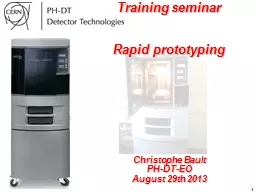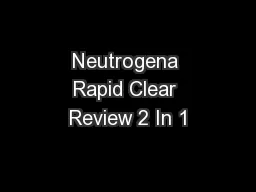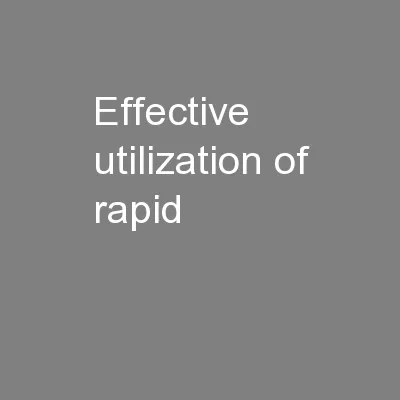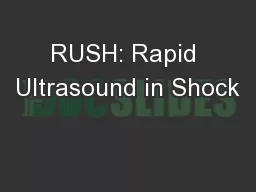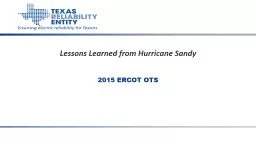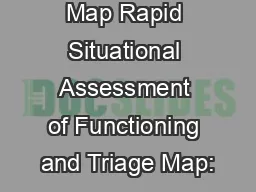PPT-1 Training seminar Rapid
Author : contera | Published Date : 2020-06-19
prototyping Christophe Bault PHDTEO August 29th 2013 2 Summary Introduction What is rapid prototyping extract from a training given by Fondation Suisse
Presentation Embed Code
Download Presentation
Download Presentation The PPT/PDF document "1 Training seminar Rapid" is the property of its rightful owner. Permission is granted to download and print the materials on this website for personal, non-commercial use only, and to display it on your personal computer provided you do not modify the materials and that you retain all copyright notices contained in the materials. By downloading content from our website, you accept the terms of this agreement.
1 Training seminar Rapid: Transcript
Download Rules Of Document
"1 Training seminar Rapid"The content belongs to its owner. You may download and print it for personal use, without modification, and keep all copyright notices. By downloading, you agree to these terms.
Related Documents

